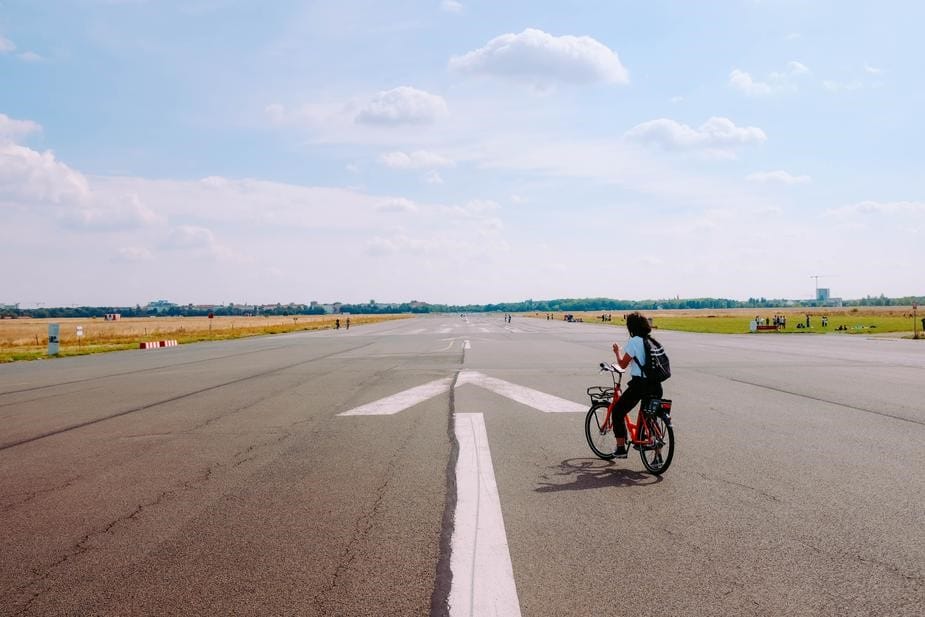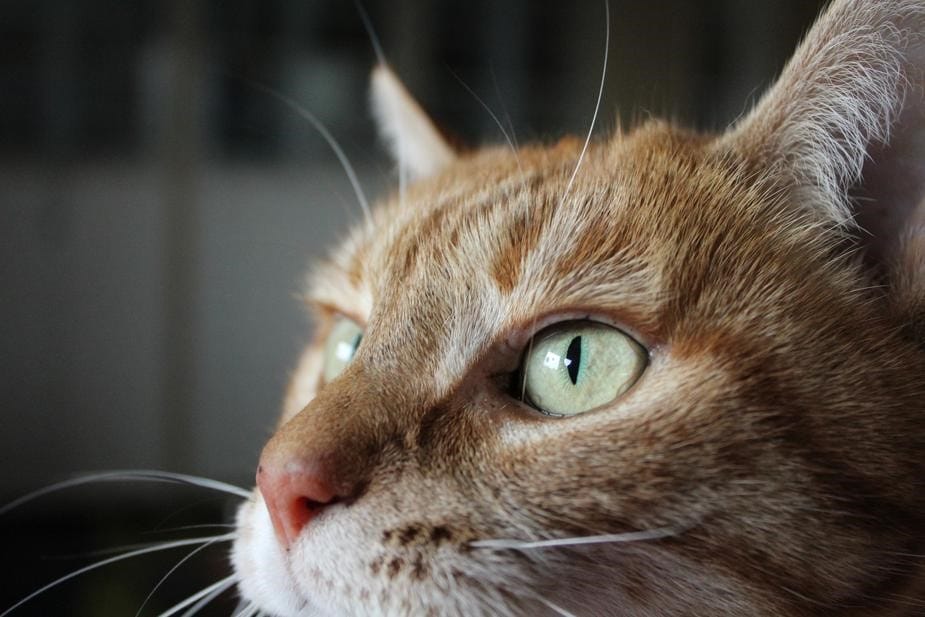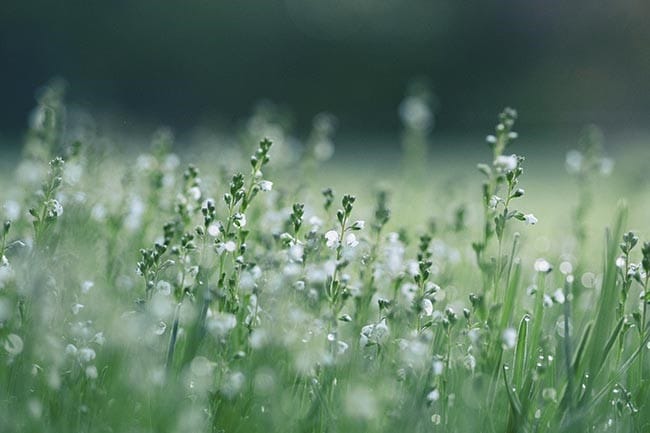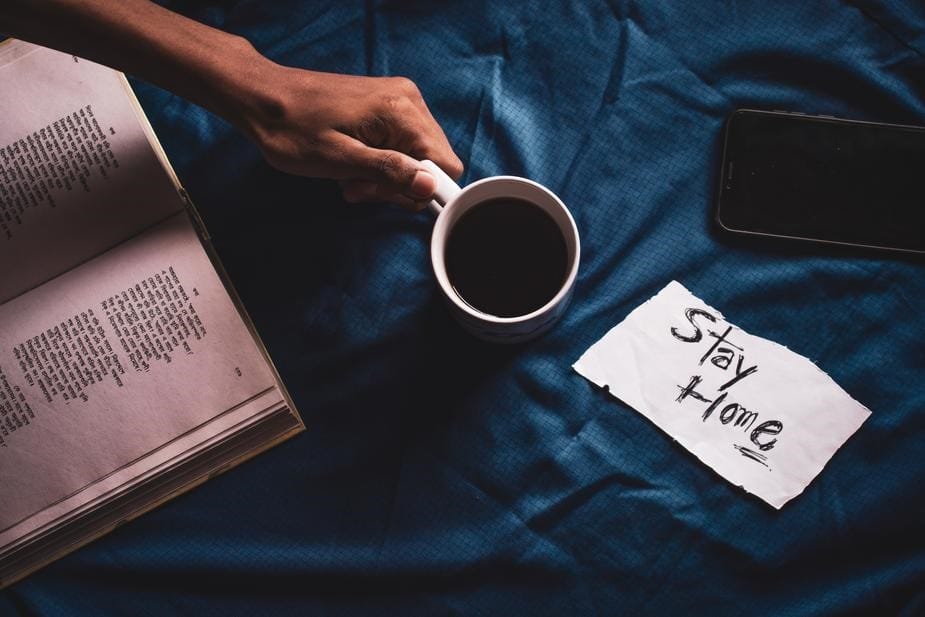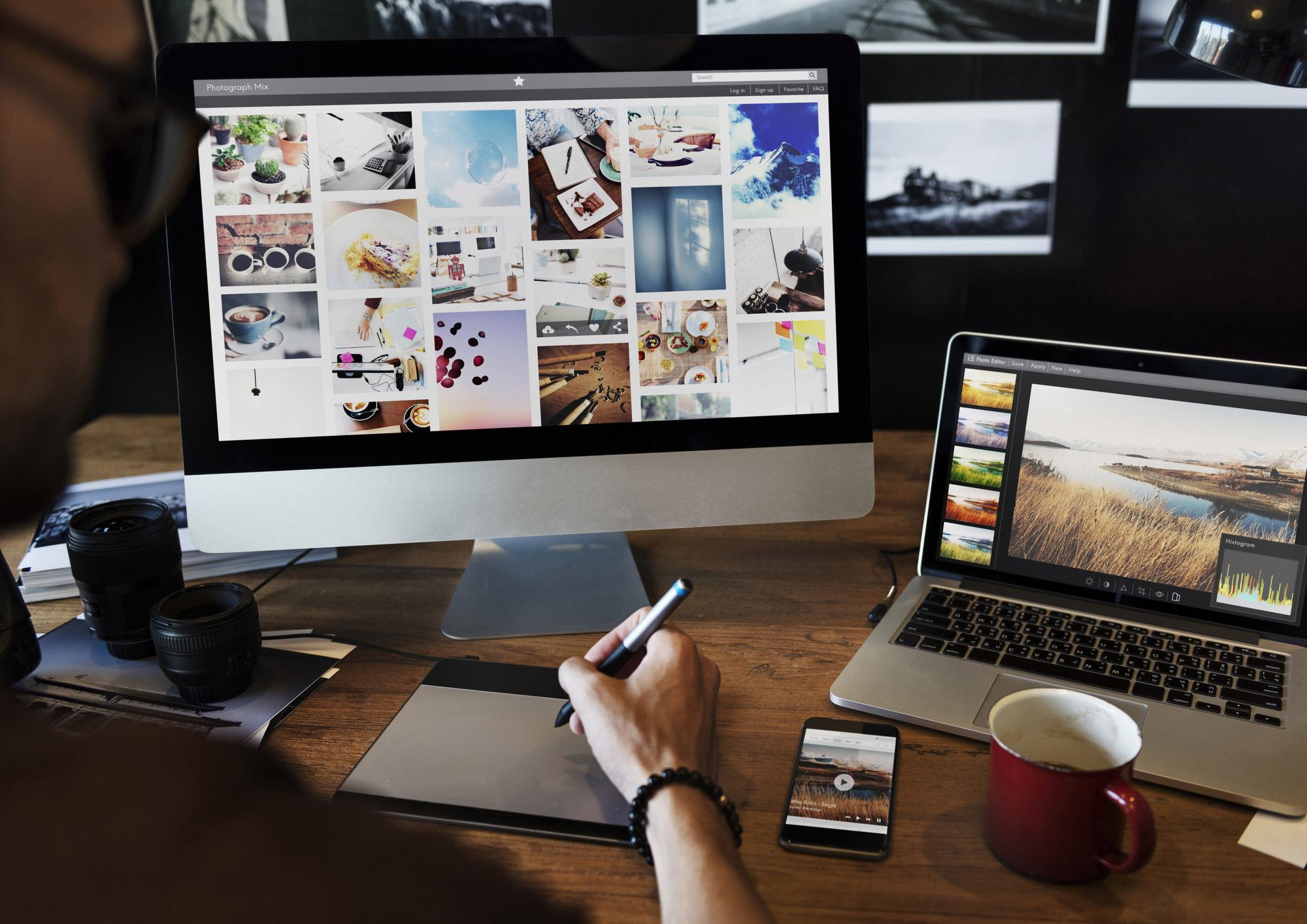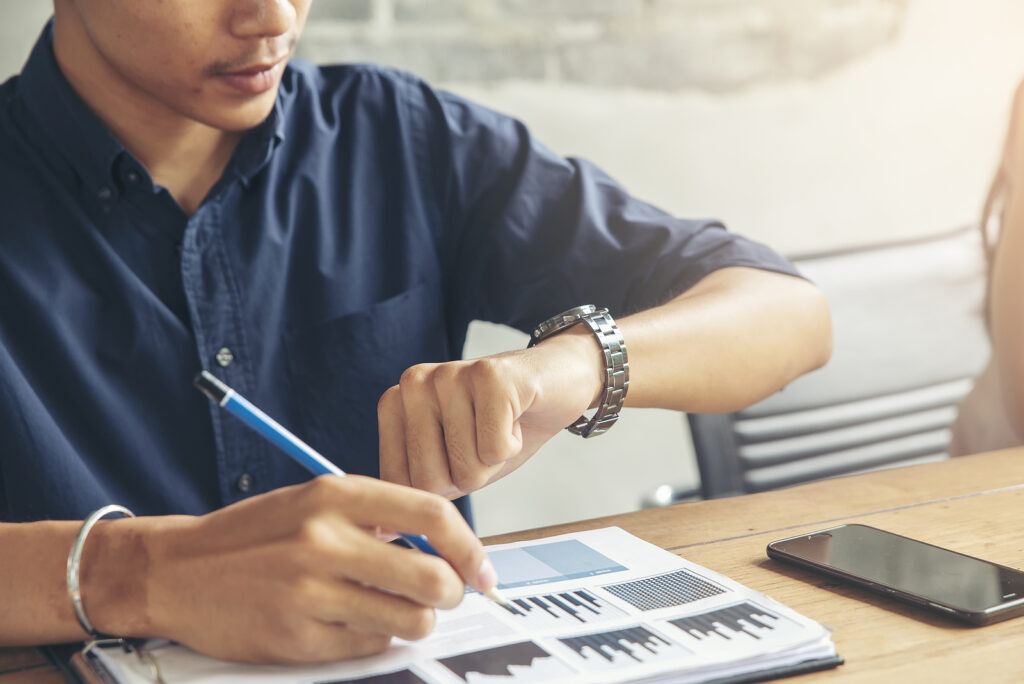Culture
Build Editing Discipline in 7 Days Online
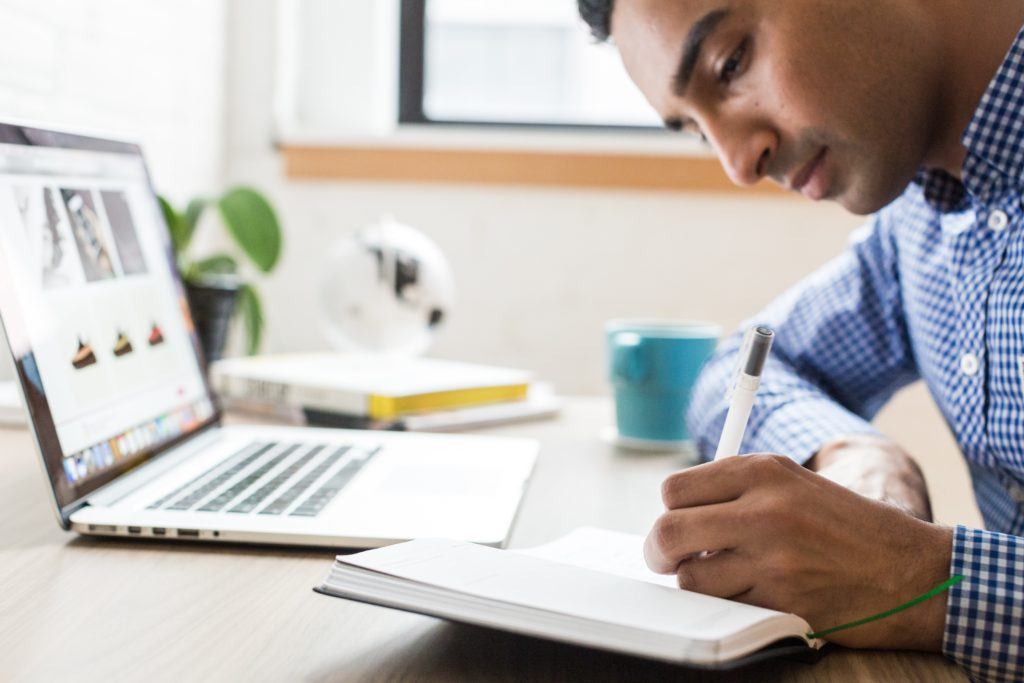
Why Daily Editing Builds Real Progress GIMP
Routine strengthens memory, speed, and control
For many learners, one of the biggest obstacles in mastering image editing is inconsistency. Without regular practice, techniques remain vague, and visual instincts don’t develop. A 7-day editing course helps turn editing into a habit. Each daily session reinforces concepts from the previous day, ensuring that tools and creative choices are practiced often enough to become automatic. This steady rhythm doesn’t just improve skill—it builds the confidence to experiment and refine visual ideas with clarity and precision. Through daily repetition, learners grow more efficient, focused, and instinctive.
Daily Lessons Strengthen Focus and Flow
Working consistently reduces distractions and doubt
Concentration deepens with repetition. When a learner commits to editing daily, the brain becomes more responsive to visual patterns, detail shifts, and tool effects. Over seven days, distractions begin to fade as editing becomes a focused mental zone. Having a fixed time each day—whether 30 minutes in the morning or an hour after dinner—helps create a mental and physical space for visual creation. This focus encourages deeper engagement with layers, textures, and tones. Rather than wondering what to practice next, learners follow a clear, goal-oriented plan.
A Sample 7-Day Learning Schedule
Organizing your time for steady improvement
A structured schedule is vital for maintaining discipline and seeing measurable progress. Here’s one possible layout:
- Day 1: Brightness, contrast, and cropping
- Day 2: Shadows, highlights, and image balance
- Day 3: Layer control and blend modes
- Day 4: Color adjustment and tone mapping
- Day 5: Retouching with brushes and masks
- Day 6: Creative effects and style exploration
- Day 7: Full image project and reflection
Each day involves a 10–15 minute warm-up, a 30-minute guided exercise, and a 15-minute review. This 1-hour routine helps reinforce the concept, practice with purpose, and reflect for retention. Using GIMP across all days allows consistent tool experience and skill layering.
Setting Up a Productive Study Environment
Minimize friction and make editing inviting
A distraction-free workspace supports editing discipline. Begin by organizing your image folders, naming files clearly, and keeping essential editing tools accessible. Adjust lighting to reduce eye strain and eliminate background noise when possible. A productive space signals to your brain that it’s time to focus. To reduce friction, prepare your project or practice images ahead of time. That way, you start editing immediately rather than spending energy searching. A well-organized environment not only supports discipline but also improves the quality of attention given to each lesson.
Tips for Staying Motivated Through the Week
Small wins and goal tracking maintain interest
Maintaining discipline means finding ways to stay motivated even when energy dips. One strategy is to define small, daily goals—such as improving selection accuracy or mastering a single adjustment layer. Track these wins in a simple log or notebook. Celebrate even minor achievements, like completing a themed edit or recreating a lighting effect. Consider sharing your daily results in a learning group or personal journal. Motivation grows when you can look back and see how far you’ve come. The act of showing up and creating each day becomes the success.
Accountability Increases Completion Rates (Important!)
External structures help you stay on track
Many learners benefit from adding accountability into their learning routine. That could mean asking a friend to check your progress or joining an online group where participants follow similar 7-day goals. Writing down your intent before the course starts—and reviewing your output each day—also adds responsibility. Some courses include review prompts or feedback spaces, which encourage deeper reflection. The sense that your time matters, and that your edits serve a real purpose, strengthens your follow-through and reduces the chance of skipping sessions.
The Role of Reflection in Discipline Building
Reviewing work sharpens understanding and style
Discipline isn’t just about showing up—it’s about learning from what you’ve done. At the end of each day, take 5–10 minutes to review your work: What did you learn? What felt challenging? What would you try differently next time? Save both your original and final versions so you can observe progress visually. Over time, these reflections reveal patterns in your editing style and technique. This process transforms passive learning into active growth, reinforcing your commitment to disciplined, purposeful image editing.
Tools Like GIMP Support Daily Practice
Simple, flexible platforms enhance learning efficiency
Editing tools that are consistent and reliable play a key role in maintaining your daily learning flow. GIMP is particularly effective for short-term study routines because it offers layer management, color controls, and custom brushes without requiring constant switching between tools. Learners can focus more on the creative process rather than adapting to changing interfaces. When tools stay the same, your focus stays on growth. This continuity simplifies your routine and supports the daily practice that leads to mastery.
Conclusion: Discipline is the Path to Mastery
Commitment today creates skill for tomorrow
Seven days of structured image editing may seem brief, but the habits developed during this time can have a lasting effect. Daily practice reinforces learning, deepens focus, and transforms hesitation into confidence. A consistent routine brings order to creative exploration, allowing instincts to emerge and technical fluency to grow. With thoughtful scheduling, an organized workspace, and reflective habits, editing becomes less of a task and more of a personal discipline. For any creative learner seeking results, structure isn’t limiting—it’s empowering.
